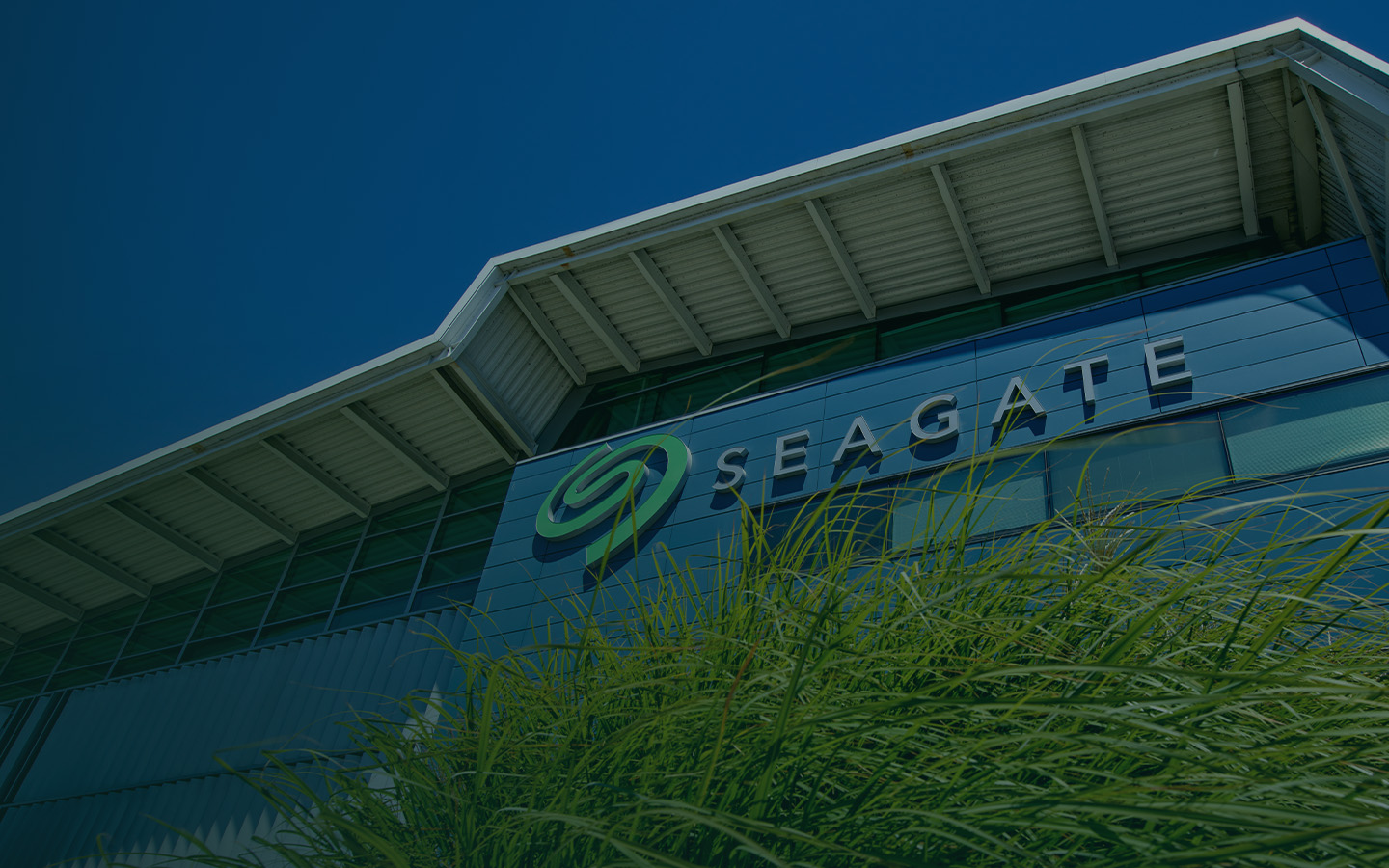- Joined
- Jul 15, 2020
- Messages
- 1,086 (0.61/day)
| System Name | Dirt Sheep | Silent Sheep |
|---|---|
| Processor | i5-2400 | 13900K (-0.02mV offset) |
| Motherboard | Asus P8H67-M LE | Gigabyte AERO Z690-G, bios F29 Intel baseline |
| Cooling | Scythe Katana Type 1 | Noctua NH-U12A chromax.black |
| Memory | G-skill 2*8GB DDR3 | Corsair Vengeance 4*32GB DDR5 5200Mhz C40 @4000MHz |
| Video Card(s) | iGPU | NV 1080TI FE |
| Storage | Micron 256GB SSD | 2*SN850 1TB, 230S 4TB, 840EVO 128GB, IronWolf 6TB, 2*HC550 18TB in RAID1 |
| Display(s) | LG 21` FHD W2261VP | Lenovo 27` 4K Qreator 27 |
| Case | Thermaltake V3 Black|Define 7 Solid: 2*TOUGHFAN 14Pro+2*Stock 14 inlet, NF-A14 PPC-3000+NF-A8 outlet |
| Audio Device(s) | Beyerdynamic DT 990 (or the screen speakers when I'm too lazy) |
| Power Supply | Enermax Pro82+ 525W | Corsair RM650x (2021) |
| Mouse | Logitech Master 3 |
| Keyboard | Roccat Isku FX |
| VR HMD | Nop. |
| Software | WIN 10 | WIN 11 |
| Benchmark Scores | CB23 SC: i5-2400=641 | i9-13900k=2281 MC: i5-2400=i9 13900k SC | i9-13900k=35500 |
Case use: A new, cold storage, on a different PC, backup for an already existing 2*18TB RAID1 setup (on a work PC, see spec “silent sheep”) that hold a lot of raw video files, .DNG photos and finished projects.
I currently have backup on external HDD’s, but looking forward I want a more robust solution and a 3rd (as recommended) backup.
The new RAID backup will be placed in an old PC I have (see spec “dirt sheep”). It will be an offline (no internet) and un-plagued (except for when adding new stuff for backup). Probably win10 based.
I’m not ‘locked’ on the TB capacity, but 18TB is the very minimum and preferably more.
Where I live the cost for 2*24 and 4*8 is about the same so I will appreciate any options as hands-on experience as to what is better for the long run.
I’m less inclined for RAID6 because it will be a cold backup, so 2 disc failure is very unlikely to happen as far as I understand and the cost is greater for the same TB capacity , but open to here other though of course.
I currently have backup on external HDD’s, but looking forward I want a more robust solution and a 3rd (as recommended) backup.
The new RAID backup will be placed in an old PC I have (see spec “dirt sheep”). It will be an offline (no internet) and un-plagued (except for when adding new stuff for backup). Probably win10 based.
I’m not ‘locked’ on the TB capacity, but 18TB is the very minimum and preferably more.
Where I live the cost for 2*24 and 4*8 is about the same so I will appreciate any options as hands-on experience as to what is better for the long run.
I’m less inclined for RAID6 because it will be a cold backup, so 2 disc failure is very unlikely to happen as far as I understand and the cost is greater for the same TB capacity , but open to here other though of course.










